Swiss Replicas
Interpretation, Why Does Rolex Have “Two Hairsprings”? Swiss Replica Watches
Players familiar with Rolex know that Rolex, currently on sale, uses two types of hairsprings.
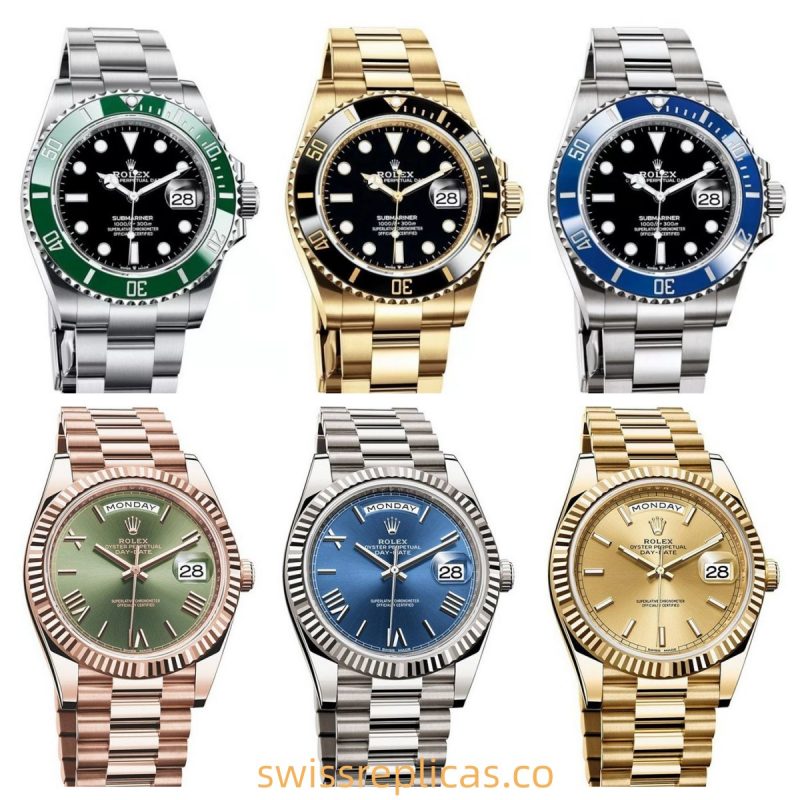
Rolex uses Parachrom blue niobium hairsprings on men’s watches.
Over the years, there have been many discussions about these two kinds of hairsprings for Rolex, such as why Rolex uses two types of hairsprings. Why didn’t Rolex replace the blue niobium hairspring with a new silicon hairspring? So today, I will focus on the existing interpretations and opinions and explain why Rolex has two hairsprings.
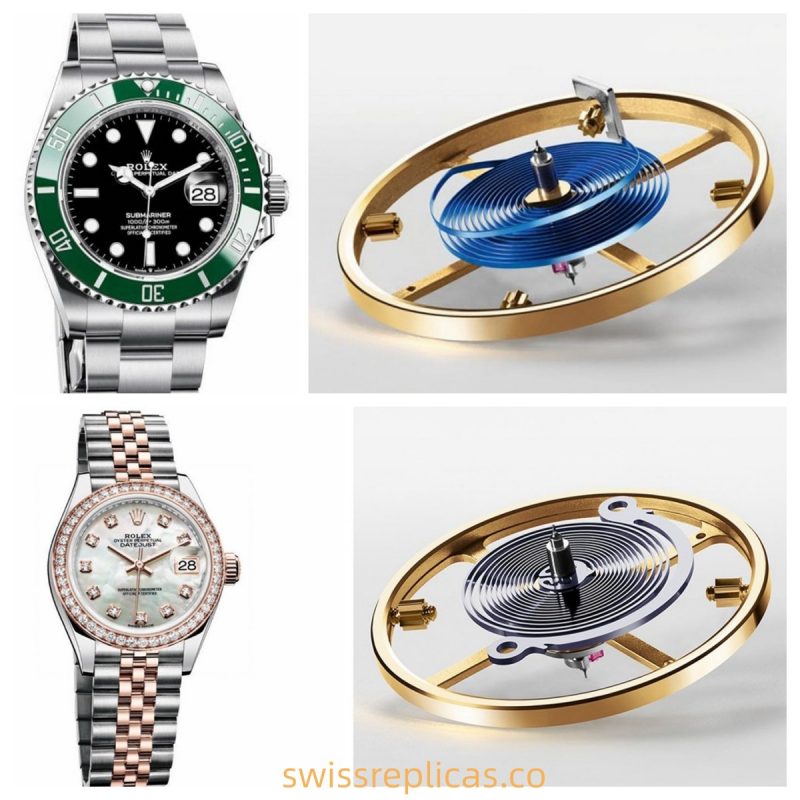
Two types of hairsprings currently used by Rolex, Parachrom blue niobium hairspring, are used on men’s watches; Syloxi silicon hairsprings are used on women’s watches.
IWC is the starting point of the “blue niobium” hairspring.
Over the years, the Parachrom blue niobium hairspring has become a significant “sign” of Rolex and is well known to players.
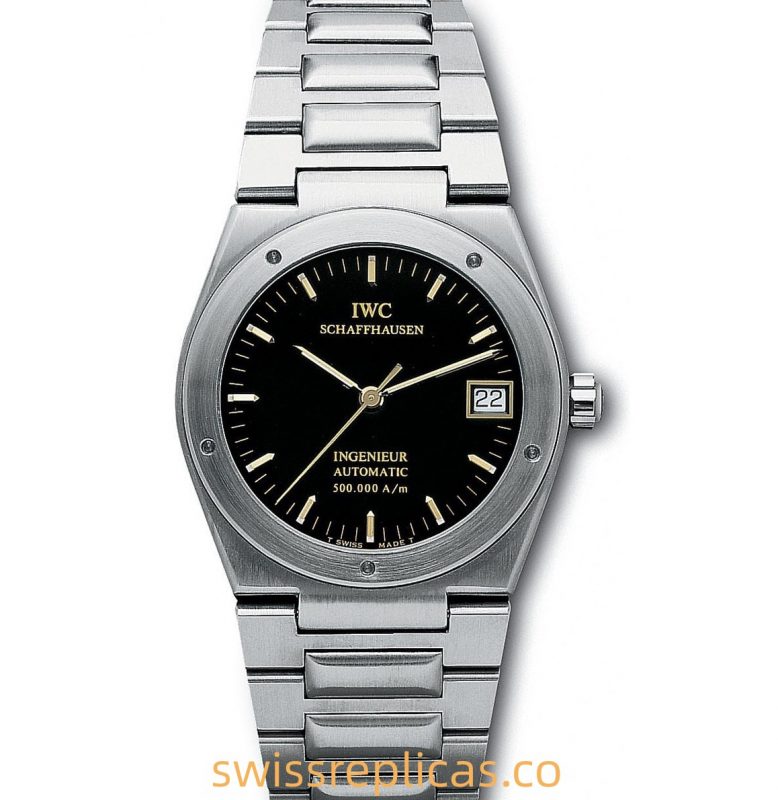
In 1989, IWC used niobium-zirconium alloy hairsprings for the first time in the Engineer series.
In 1989, IWC used niobium-zirconium alloy hairspring for the first time, the first time that niobium-zirconium alloy hairspring was used in a famous watch. IWC uses niobium-zirconium alloy hairsprings in the engineer series, which is mainly antimagnetic. The niobium-zirconium alloy hairspring is installed on the IWC 35790 movement (the ETA2892 of the IWC version), and the antimagnetic effect reaches 500,000A/m, which is about 6250 Gauss, showing the super-strong antimagnetic ability of the niobium-zirconium alloy hairspring. However, due to technical limitations, the cost of niobium alloy hairsprings was high, and the yield was relatively low, so it wasn’t easy to support mass production then. According to sources, IWC engineers using niobium-zirconium alloy hairsprings only produced briefly, from 1989 to 1992, and sold about 3,000 of them. Afterward, IWC resumed using the antimagnetic inner shell as the antimagnetic means of the pilot and engineer series. Swiss replica watches.
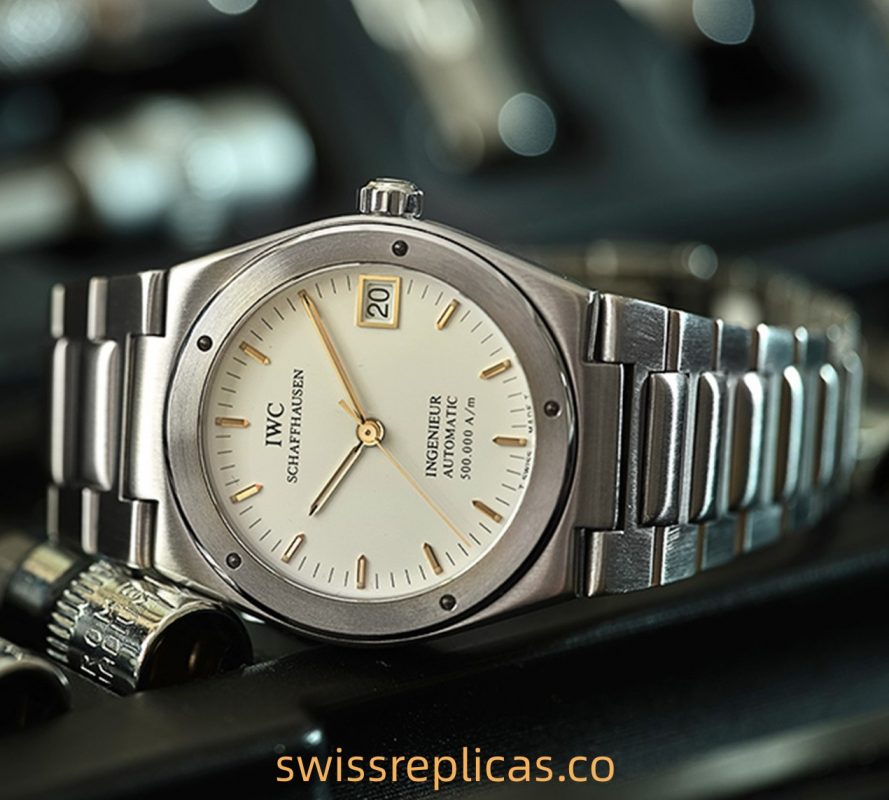
IWC engineers using niobium-zirconium hairsprings can see that the dial’s antimagnetic level of 500000A/m is written on the dial.
Rolex developed blue niobium hairspring, mainly for antimagnetic.
IWC’s niobium-zirconium alloy hairspring is a “starting point” for Rolex to develop blue niobium hairspring. After five years of research and development, the 4130 automatic chronograph movement with Parachrom blue niobium hairspring was launched for the first time in 2000. Daytona 116520 is the first Rolex to use Parachrom blue niobium hairspring.
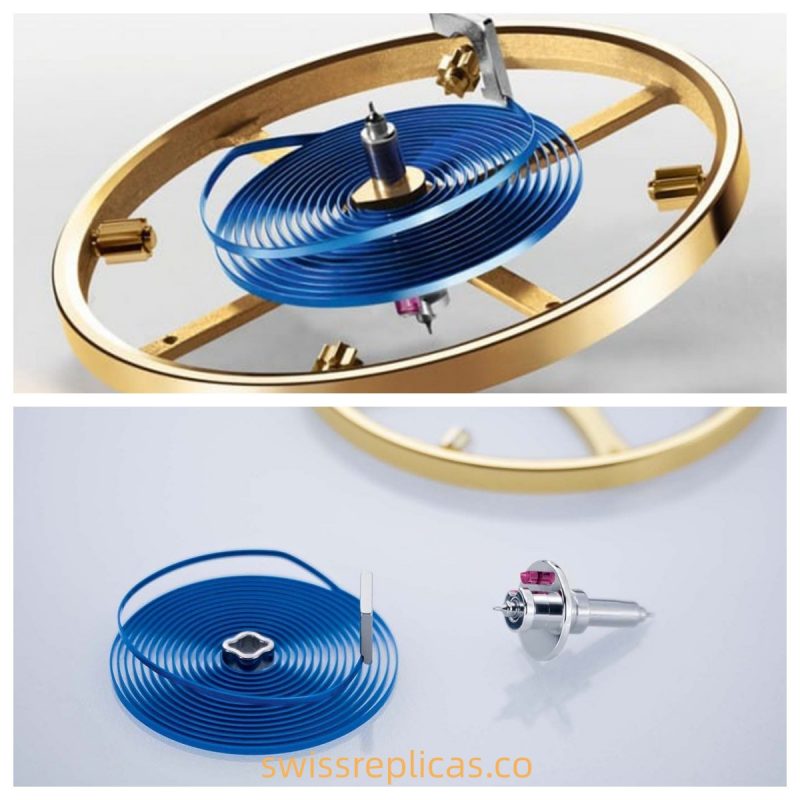
In 2000, Rolex launched the Parachrom blue niobium hairspring.
The Rolex Parachrom hairspring is made of two metals, niobium, and zirconium, combined at a high temperature of 2400 degrees in a vacuum environment. It has a blue oxide layer known as “blue niobium hairspring.” According to Rolex, the antimagnetic capability of the Parachrom blue niobium hairspring exceeds 500,000A/m (about 6250 Gauss), which means it exceeds the level of IWC back then. At the same time, the Rolex Parachrom blue niobium hairspring is not sensitive to temperature changes, and its shock resistance is ten times that of conventional hairsprings. Swiss replica website.
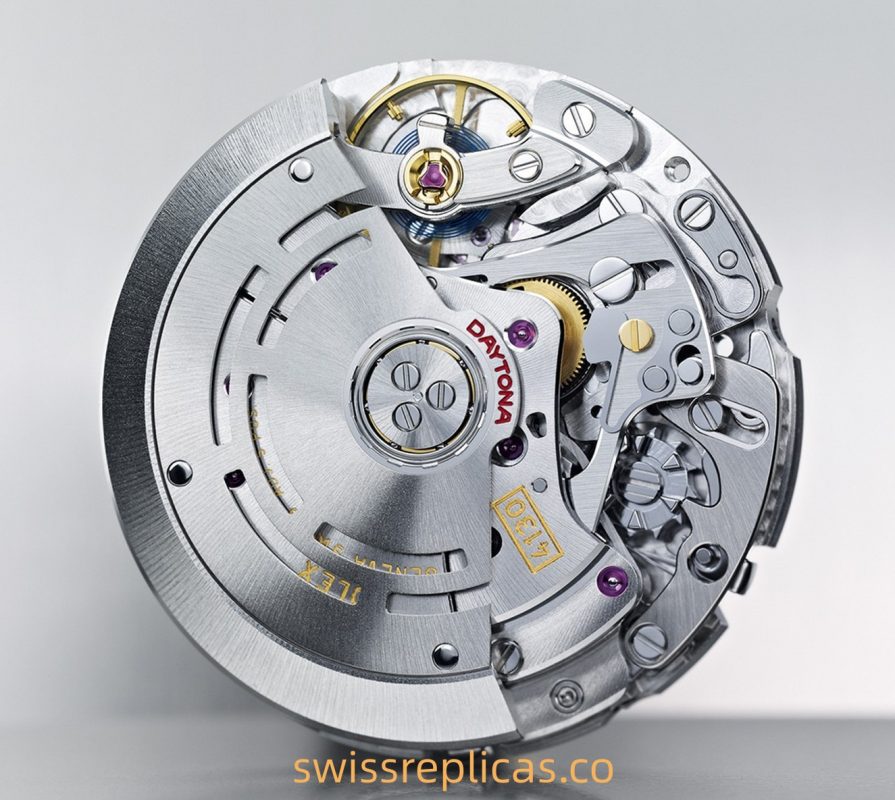
The 4130 automatic chronograph movement, launched in 2000, is the first Rolex movement to use the Parachrom blue niobium hairspring.
The Nivarox hairspring is an iron-nickel alloy hairspring with additions of chromium and cobalt. The Nivarox hairspring also has specific antimagnetic properties. However, the trace amount of iron in the Nivarox hairspring makes it possible for the hairspring to be magnetized. At the same time, the Nivarox hairspring is also more sensitive to temperature changes. The Rolex Parachrom hairspring is a niobium-zirconium alloy to avoid iron.
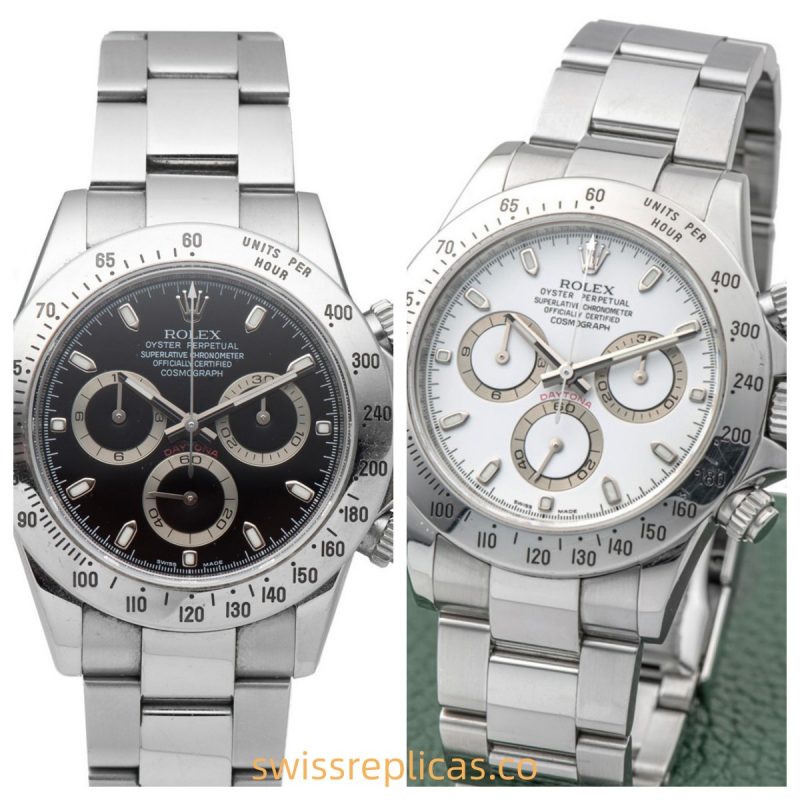
The Rolex Daytona 116520 is the first Rolex watch to use Parachrom blue niobium hairspring.
In comparison, the Rolex Parachrom blue niobium hairspring has an antimagnetic ability of more than 6250 Gauss, which is why Rolex has more vital antimagnetic ability than ordinary watches.
The Rolex Syloxi silicon hairspring is more antimagnetic than the Parachrom blue niobium hairspring.
After entering the 21st century (after 2000), “silicon” material technology emerged in famous watches. In 2001, Athens was the first to launch a look using a silicon hairspring, and Athens FREAK was the first renowned watch to use a silicon hairspring.
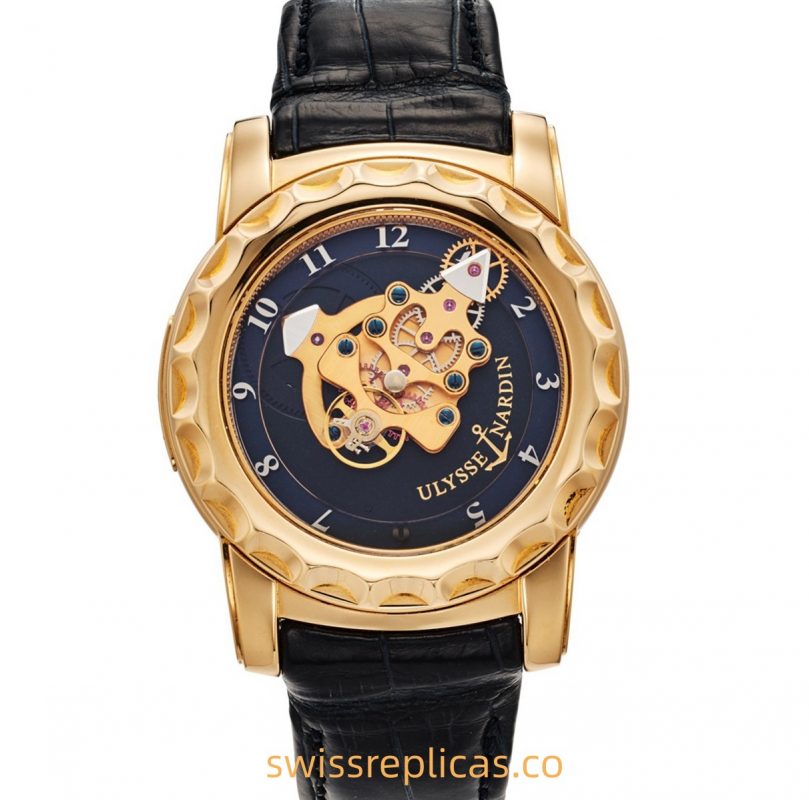
In 2001, Athens launched the silicon hairspring for the first time and used it on the FREAK watch.
In contrast, the Richemont Group and LVMH Group watch have not popularized silicon hairsprings (note that silicon hairsprings are not silicon escapement).
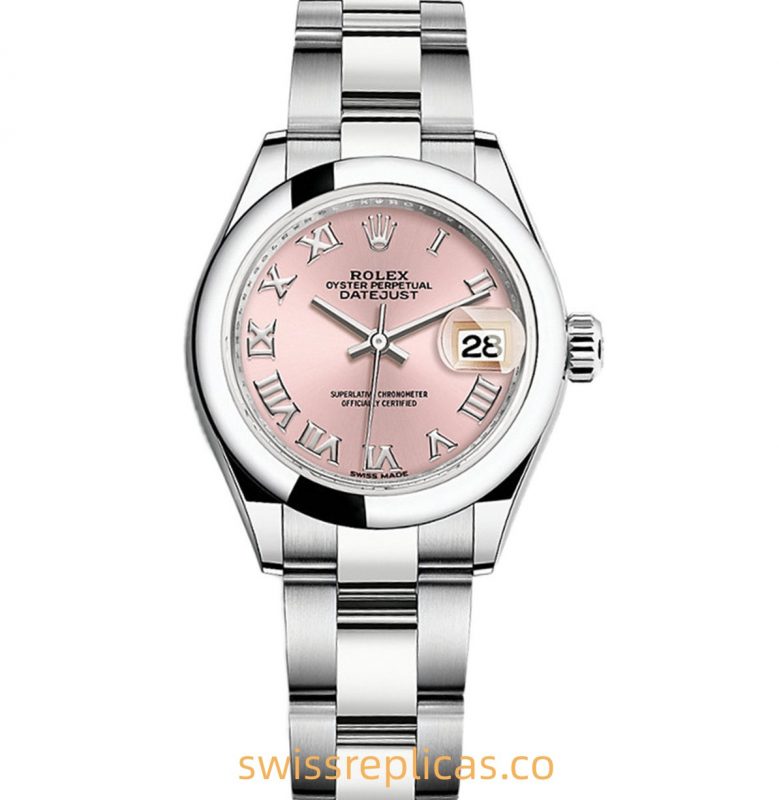
Rolex small-sized women’s watches all use Syloxi silicon hairsprings.
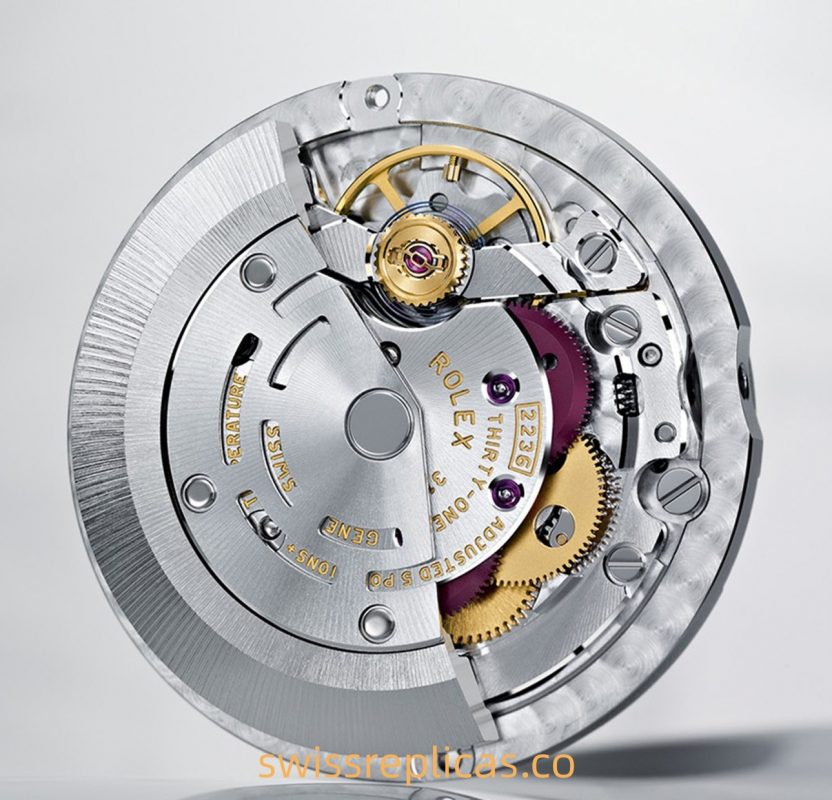
The 2236 movement used by Rolex women’s watches is equipped with a Syloxi silicon hairspring.
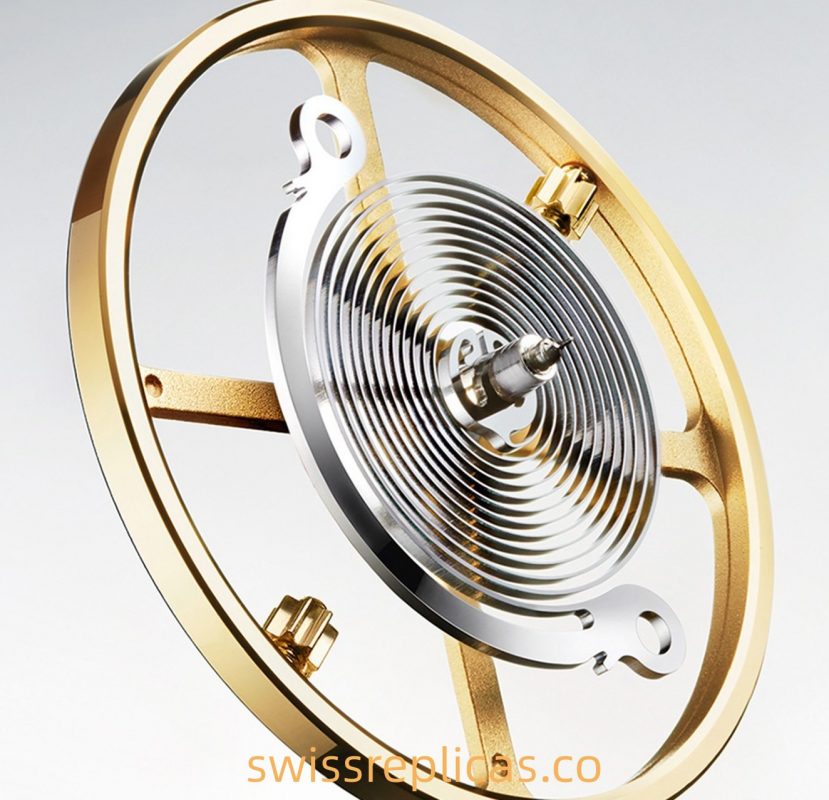
Rolex Syloxi silicon hairspring
Compared with Athens, Patek Philippe, and Swatch Group, Rolex is the latest silicon hairsprings launch. Rolex did not establish the Syloxi silicon hairspring until 2014, and it is currently only used on the 2236 movement of women’s watches, and none of the men’s watches are used. It is reported that Rolex has spent more than ten years brewing and developing the Syloxi silicon hairspring (further research is available). Silicon hairspring, because it is non-metal, Syloxi silicon hairspring is non-magnetic. Although Rolex has not published the antimagnetic data of the Syloxi silicon hairspring, it is a fact that the antimagnetic of the Syloxi silicon hairspring is more potent than that of the Parachrom blue niobium hairspring. Judging from the 15,000 Gauss antimagnetic ability of the Omega Si14 silicon hairspring watch, the antimagnetic capacity of the Syloxi silicon hairspring far exceeds that of the Parachrom blue niobium hairspring (the blue niobium hairspring is above 6250 Gauss).
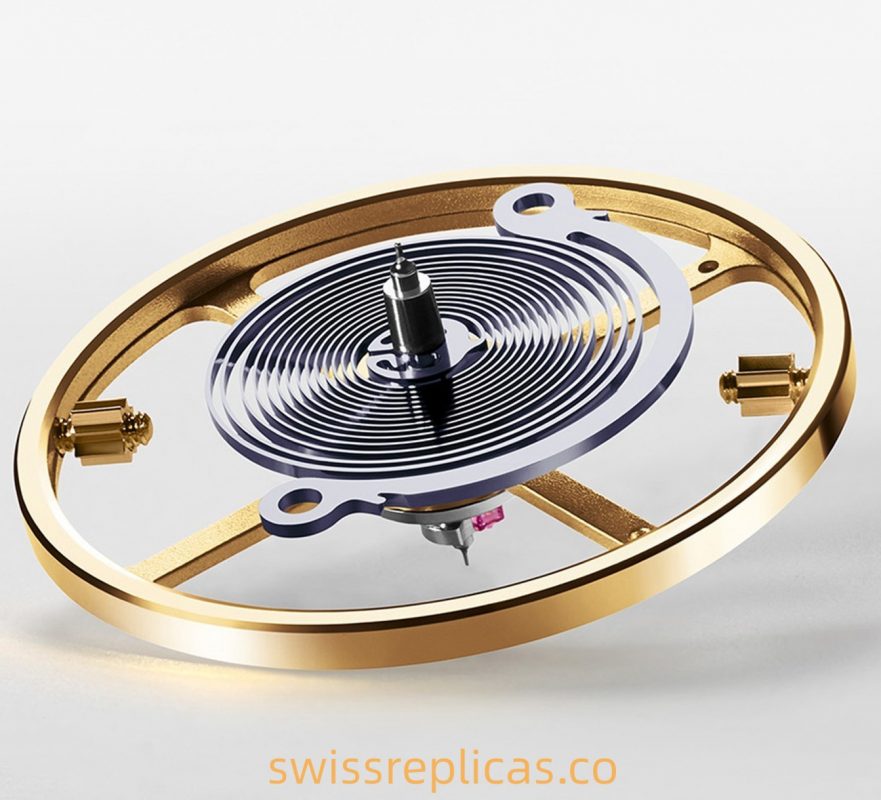
Rolex Syloxi silicon hairspring
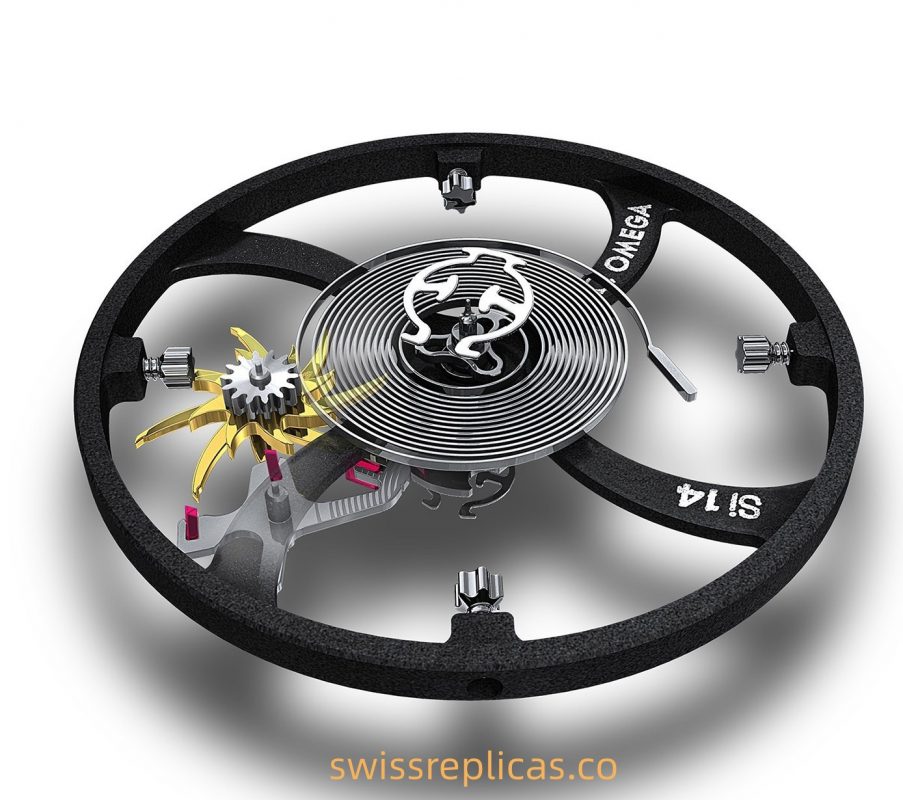
Omega Si14 silicon hairspring
In addition, the Rolex Syloxi silicon hairspring has Rolex’s patented technology. The Rolex Syloxi silicon hairspring is wholly horizontal and symmetrical. There are two holes at both ends of the hairspring, and the two lots of the hairspring are directly fixed on the balance cock. In this way, the ideal horizontal and symmetrical shape of the Syloxi silicon hairspring is guaranteed.
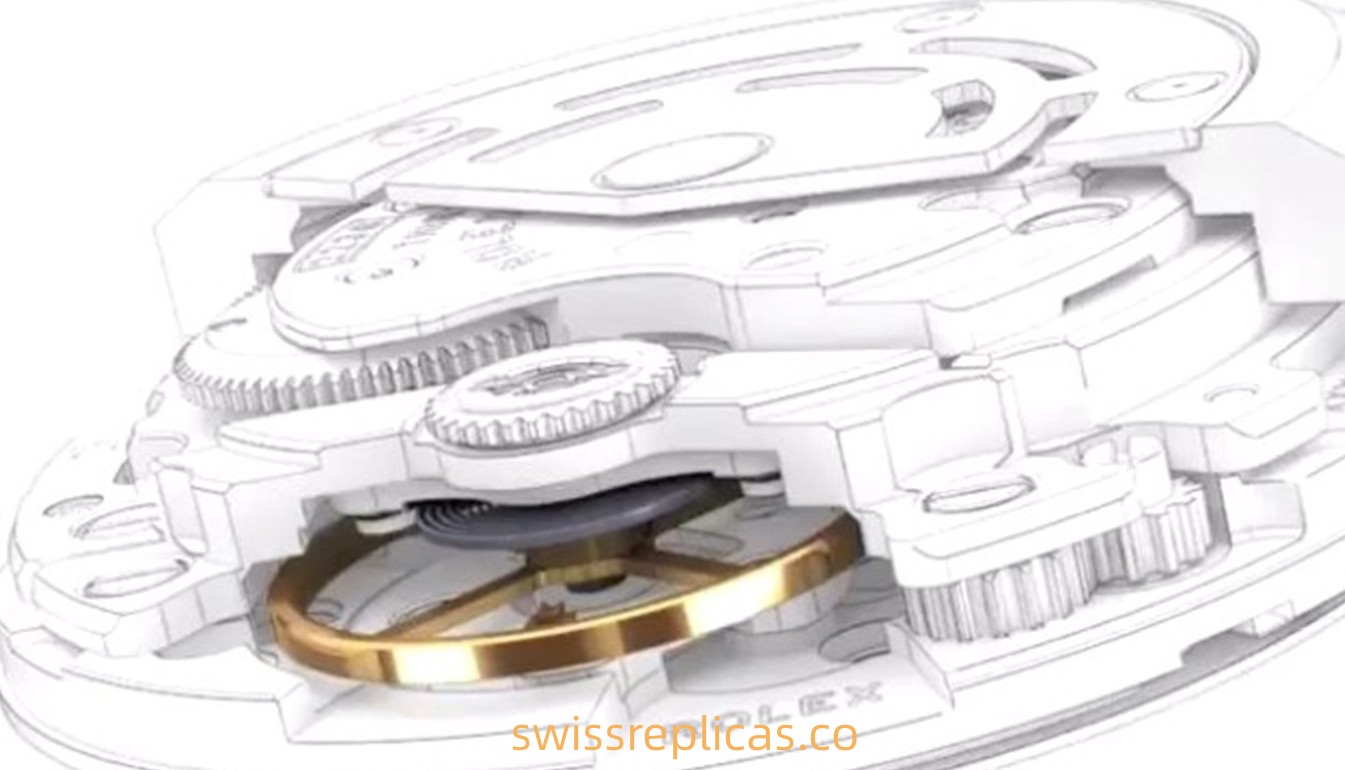
The Rolex Syloxi silicon hairspring has two holes at both ends of the hairspring, and the two lots of the hairspring are directly fixed on the balance cock.
Why doesn’t Rolex use Syloxi silicon hairspring instead of Parachrom blue niobium hairspring?
In terms of performance alone, the Syloxi silicon hairspring has a more robust performance than the Parachrom blue niobium hairspring. Many wonder why Rolex doesn’t use Syloxi silicon hairspring instead of Parachrom blue niobium hairspring. Why is the Parachrom blue niobium hairspring always the main hairspring of Rolex men’s watches, while the Syloxi silicon hairspring is only used on women’s watches? For this issue, there have been various opinions over the years, and the current ideas mainly focus on:
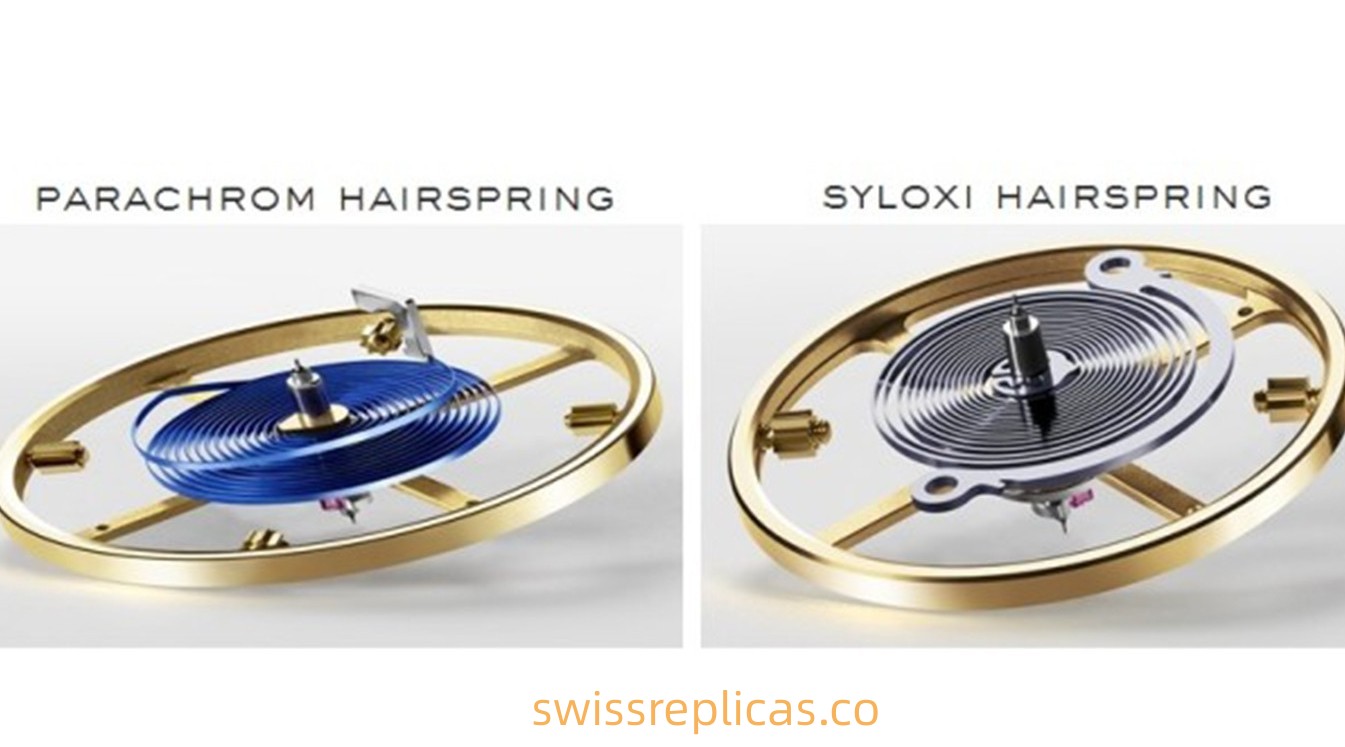
Rolex Parachrom blue niobium hairspring (left) and Rolex Syloxi silicon hairspring (right).
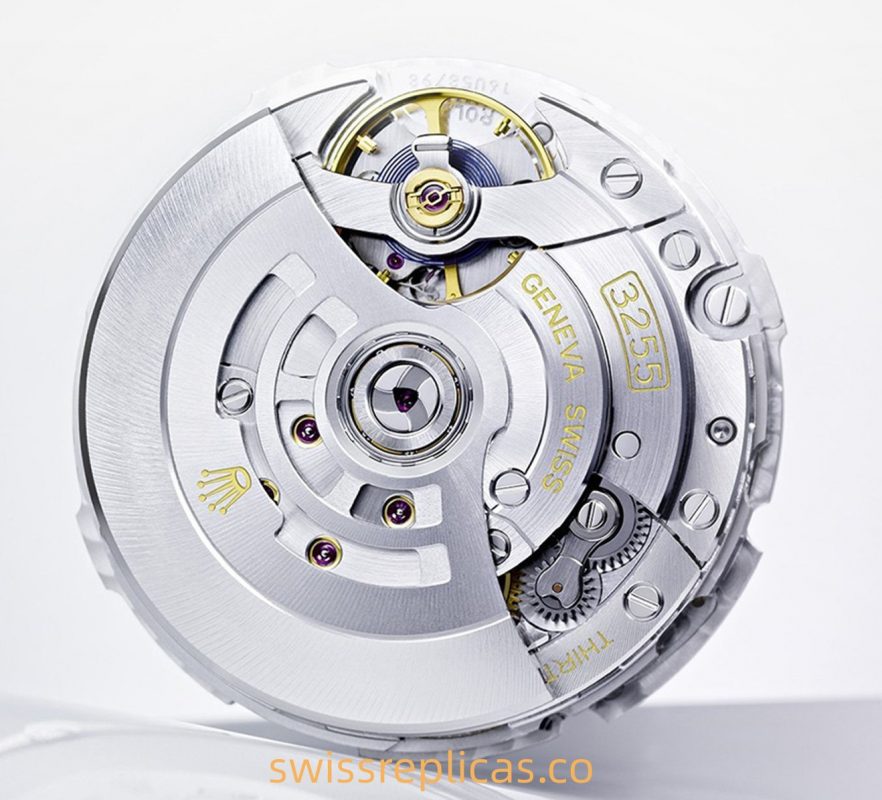
Rolex 3235 movement
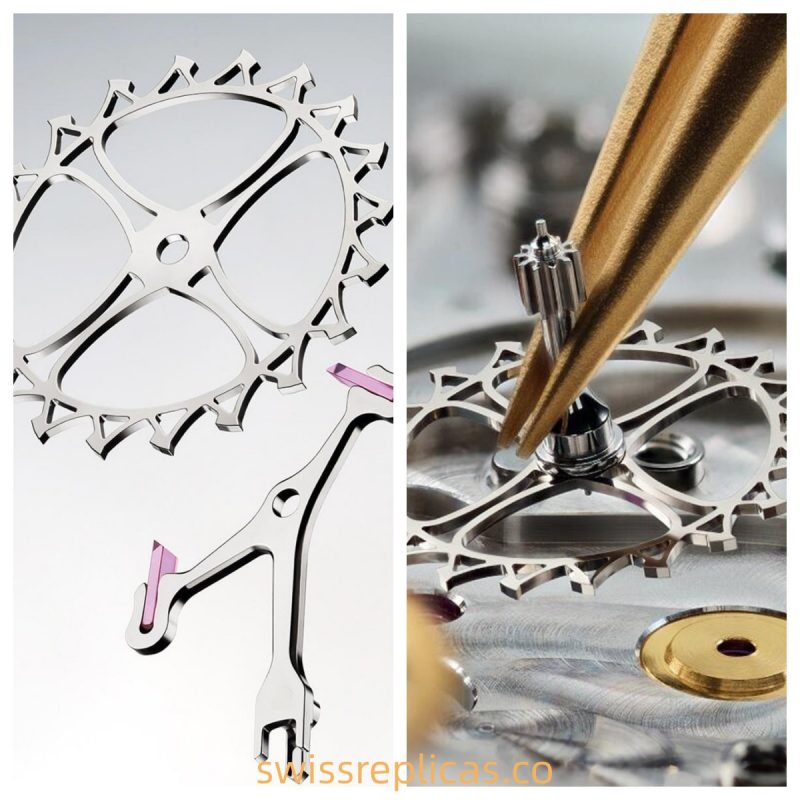
The new CHRONERGY escapement is used in the Rolex 32 series movement.
As you all know, Rolex has used a variety of new technologies on the new generation of 32 series movements (3235, etc.) to increase the efficiency of the 32 series movements and increase the power to 70 hours. Among them, the new CHRONERGY escapement is one of the most critical new technologies. The new CHRONERGY escapement reduces weight and is made of nickel-phosphorus alloy, insensitive to magnetism, has antimagnetic solid ability, and further increases power. The Parachrom blue niobium hairspring can match the new CHRONERGY escapement, while the Syloxi silicon hairspring does not currently match the new CHRONERGY escapement.
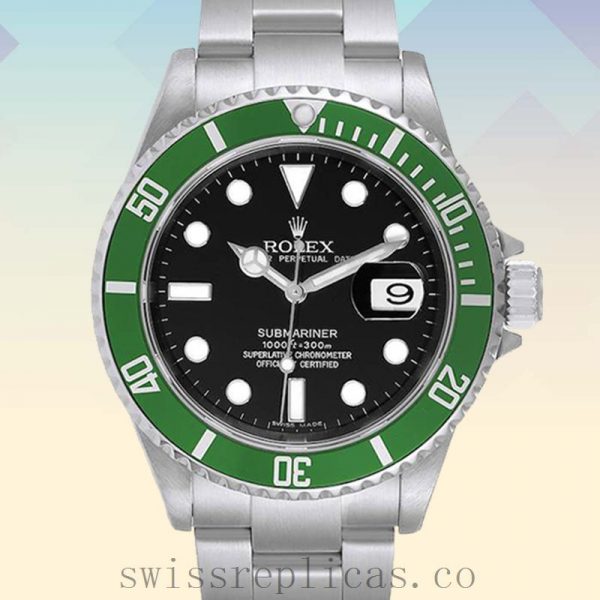
Gender: Men’s
Model: 16610LV
Band Color: Silver-tone
Brand: Rolex
Series: Submariner
Case Thickness: 15mm
Band Width: 20mm

